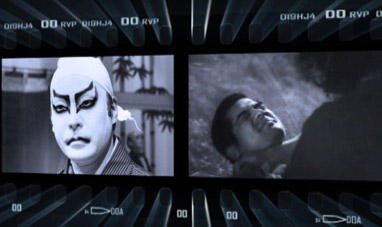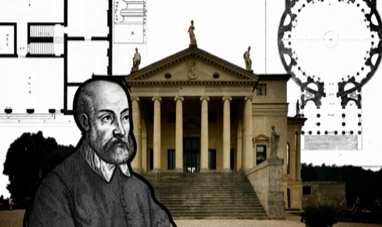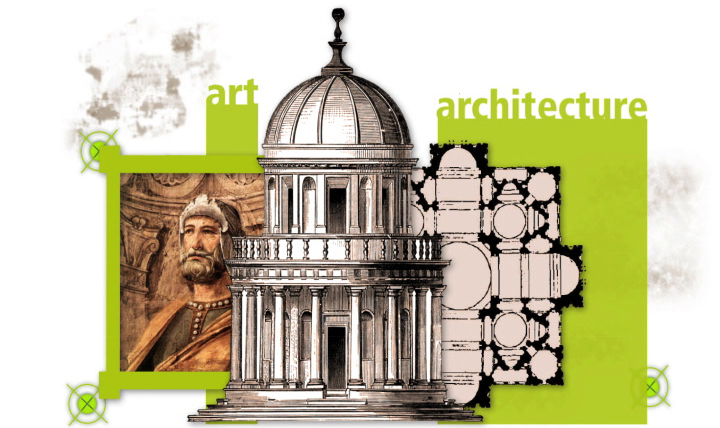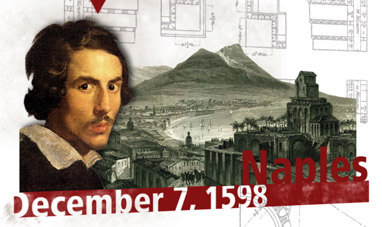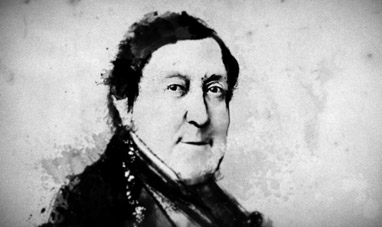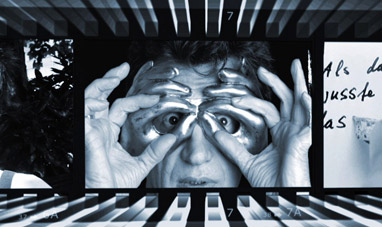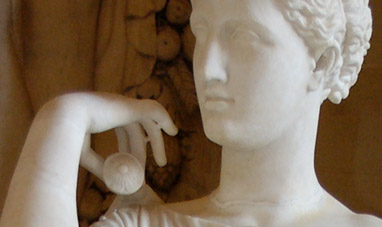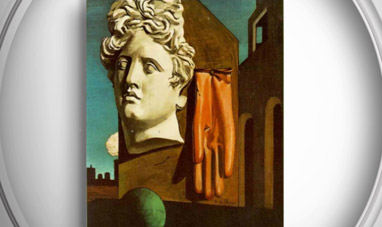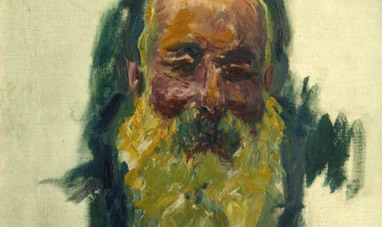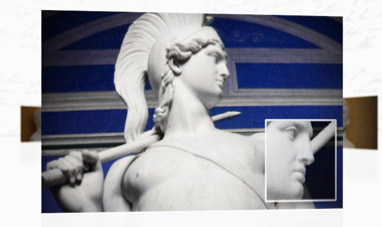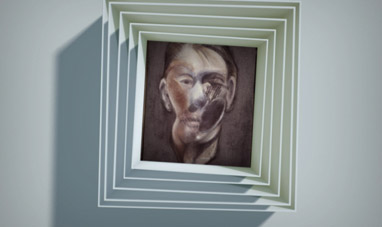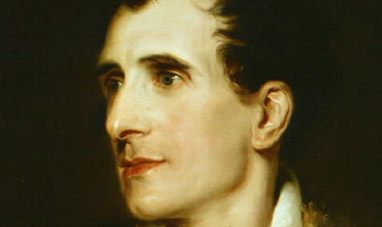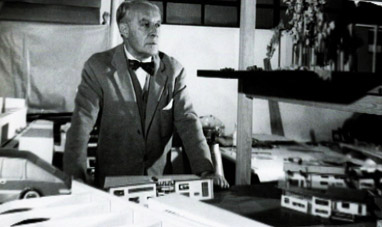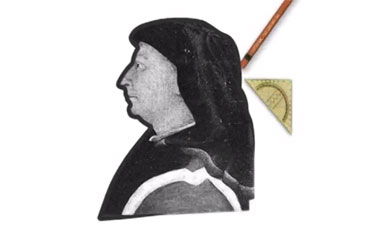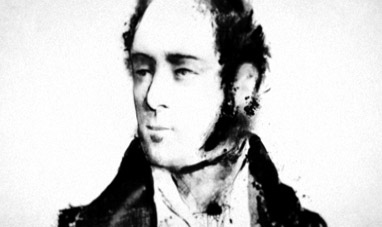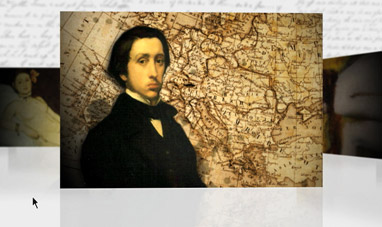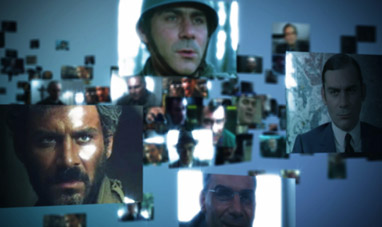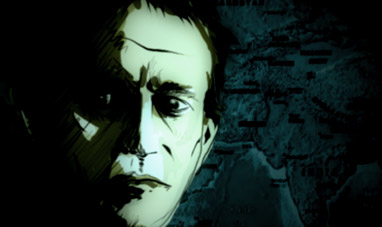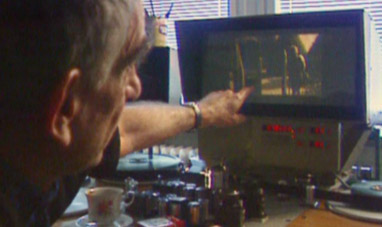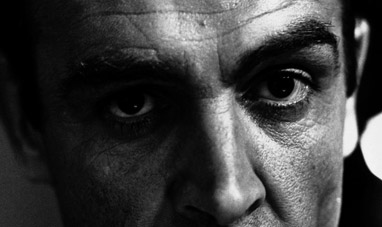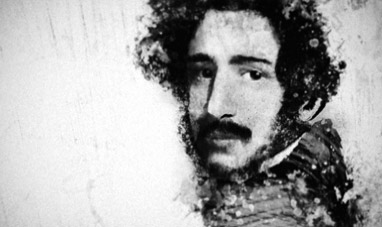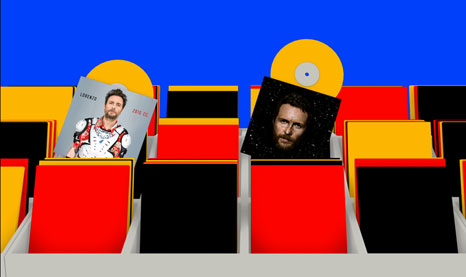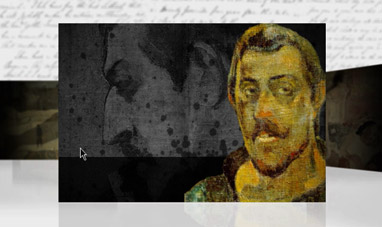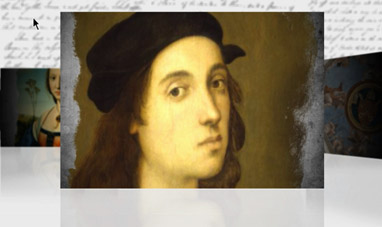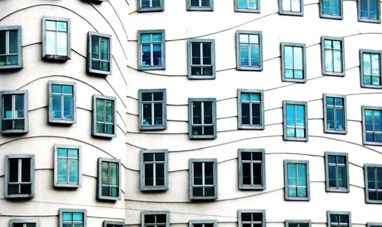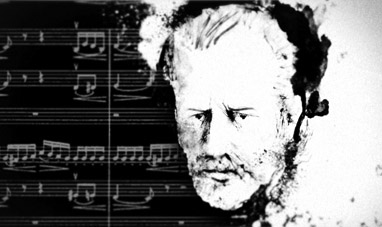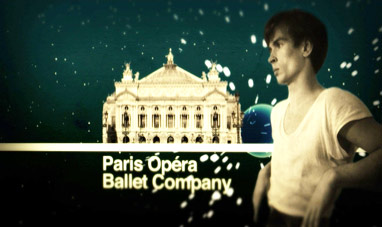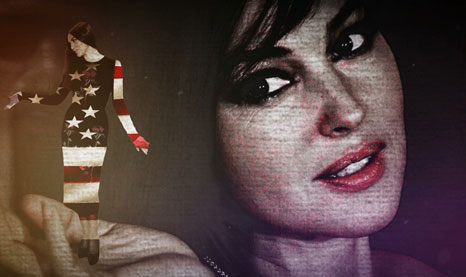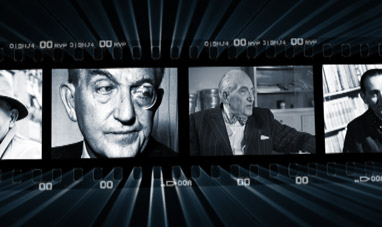The painter Giorgio De Chirico was one of the most well known practitioners of metaphysical painting. Active in Italy in the early 20th Century, the metaphysical school sought to represent the mysteries of reality through dreamlike images.
De Chirico was born on July 10, 1888 in Volos, Greece, to a Genovese mother and a Sicilian father. He grew up in Athens, where he enrolled in drawing courses at a local polytechnic school.
After the death of his father, the family moved to Germany. De Chirico enrolled at the Academy of Fine Arts, where he was influenced by Nietzsche’s writings and the paintings of Arnold Böcklin and Max Klinger.
De Chirico and his brother Alberto, a writer known as Savinio, moved to Florence. There he painted his first metaphysical work, “The Enigma of an Autumn Afternoon”. The poet Guillaume Apollinaire recognized the innovation of De Chirico’s painting at the Society of Independent Artists in Paris – especially the sense of desolation and mystery he conveyed in his depiction of empty plazas, towers, and statues. Apollinaire defined this style as “metaphysical” thanks to its ability to evoke a world beyond the senses.
These were years of intense activity for De Chirico. The painter arranged his subjects next to each other with no logical relationship. His scenes seem immersed in an atmosphere without a sense of time, where classical and modern architecture mingle. In a De Chirico painting, unreal light cuts across empty squares, creating gigantic shadows.
When Italy entered World War One, De Chirico enlisted and was sent to Ferrara. While recovering from a nervous breakdown at a military hospital, he met the painter Carlo Carrà. Together, the two begin to develop the metaphysical style.
During his years in Ferrara, De Chirico painted “The Disquieting Muses”, “Hector and Andromache”, “The Troubador” and his “metaphysical interiors.” In these works, the human form became a faceless mannequin, a disquieting metaphor for human solitude. Despite the fact that De Chirico refused to identify himself with the Surrealist group, his artwork heavily influenced the burgeoning movement. André Breton, surrealism’s founder, spoke of De Chirico as a “lost genius.” In 1930 he married the ballet dancer Raissa Gurievich, but the couple separated the following year. Shortly thereafter, De Chirico met Isabella Far, the woman he would spend the rest of his life with.
Starting in the 1930s, his painting changed dramatically, abandoning the radicalism of his youth and placing more emphasis on classical and baroque elements.
Piacentini and Guerrini, architects from the fascist period, drew inspiration from these works.
After the Second World War was over, De Chirico secured his standing as an artist, exhibiting his work in Japan, the US, Germany and other countries worldwide.
In addition to painting and sculpture, he also designed sets for The Betrothed and The Iliad.
De Chirico died in Rome on November 20, 1978, an undisputed master of art.
De Chirico was born on July 10, 1888 in Volos, Greece, to a Genovese mother and a Sicilian father. He grew up in Athens, where he enrolled in drawing courses at a local polytechnic school.
After the death of his father, the family moved to Germany. De Chirico enrolled at the Academy of Fine Arts, where he was influenced by Nietzsche’s writings and the paintings of Arnold Böcklin and Max Klinger.
De Chirico and his brother Alberto, a writer known as Savinio, moved to Florence. There he painted his first metaphysical work, “The Enigma of an Autumn Afternoon”. The poet Guillaume Apollinaire recognized the innovation of De Chirico’s painting at the Society of Independent Artists in Paris – especially the sense of desolation and mystery he conveyed in his depiction of empty plazas, towers, and statues. Apollinaire defined this style as “metaphysical” thanks to its ability to evoke a world beyond the senses.
These were years of intense activity for De Chirico. The painter arranged his subjects next to each other with no logical relationship. His scenes seem immersed in an atmosphere without a sense of time, where classical and modern architecture mingle. In a De Chirico painting, unreal light cuts across empty squares, creating gigantic shadows.
When Italy entered World War One, De Chirico enlisted and was sent to Ferrara. While recovering from a nervous breakdown at a military hospital, he met the painter Carlo Carrà. Together, the two begin to develop the metaphysical style.
During his years in Ferrara, De Chirico painted “The Disquieting Muses”, “Hector and Andromache”, “The Troubador” and his “metaphysical interiors.” In these works, the human form became a faceless mannequin, a disquieting metaphor for human solitude. Despite the fact that De Chirico refused to identify himself with the Surrealist group, his artwork heavily influenced the burgeoning movement. André Breton, surrealism’s founder, spoke of De Chirico as a “lost genius.” In 1930 he married the ballet dancer Raissa Gurievich, but the couple separated the following year. Shortly thereafter, De Chirico met Isabella Far, the woman he would spend the rest of his life with.
Starting in the 1930s, his painting changed dramatically, abandoning the radicalism of his youth and placing more emphasis on classical and baroque elements.
Piacentini and Guerrini, architects from the fascist period, drew inspiration from these works.
After the Second World War was over, De Chirico secured his standing as an artist, exhibiting his work in Japan, the US, Germany and other countries worldwide.
In addition to painting and sculpture, he also designed sets for The Betrothed and The Iliad.
De Chirico died in Rome on November 20, 1978, an undisputed master of art.

